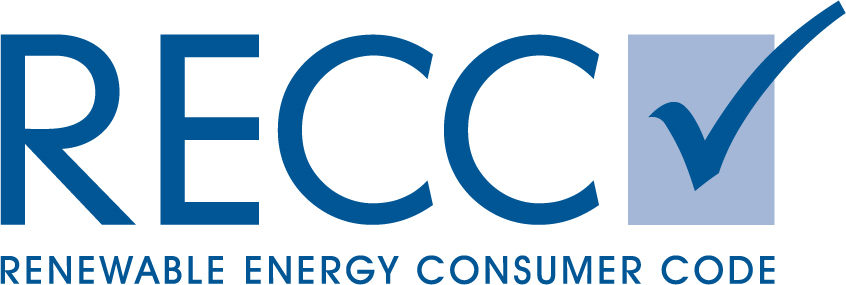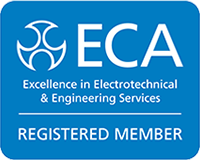What are EV Chargers?
An EV charger, short for Electric Vehicle charger, is a device used to recharge the battery of an electric vehicle (EV). These chargers come in various forms, ranging from simple household outlets to more specialised charging stations.
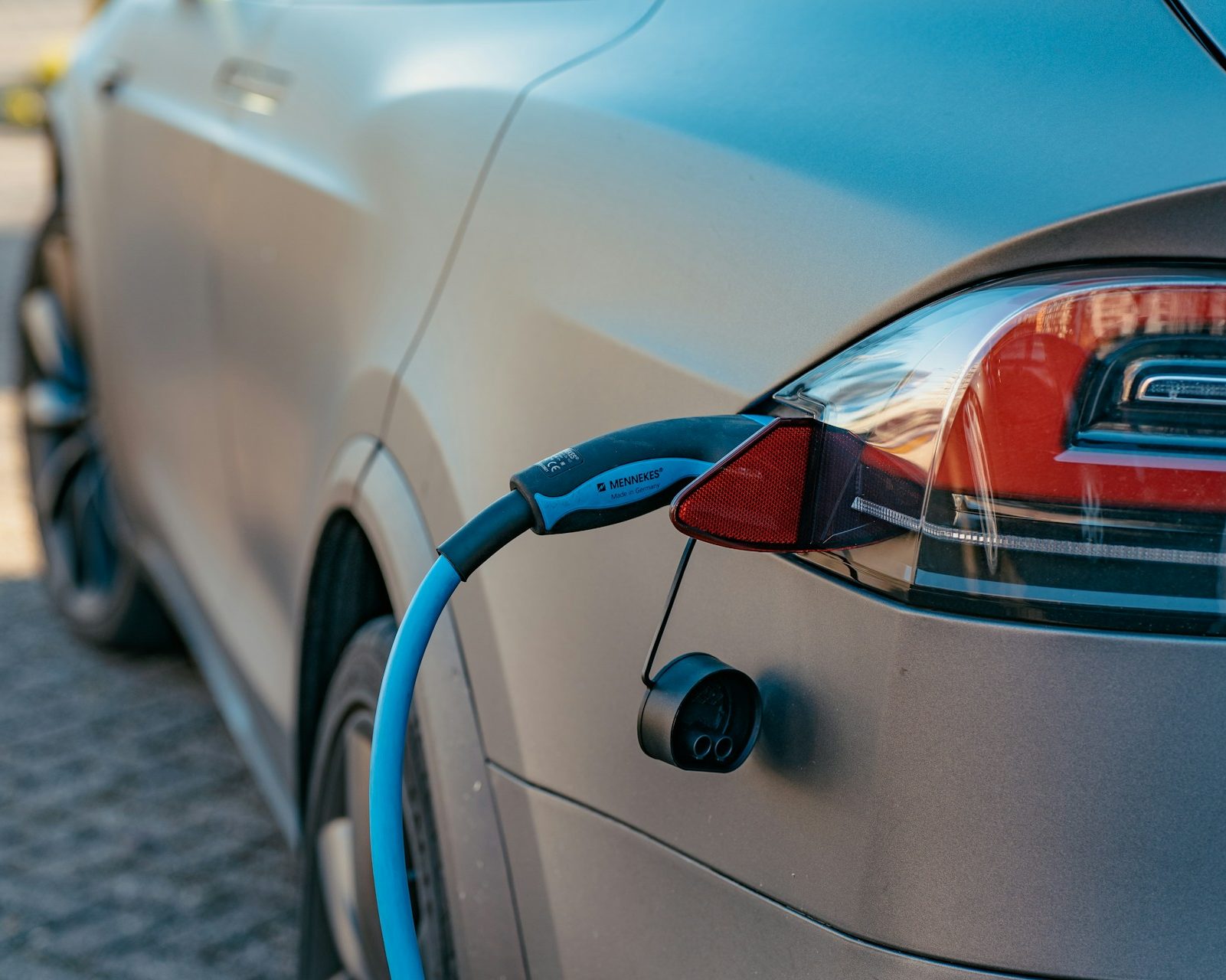
What are the different types of EV chargers?

EV chargers come in various types, including Level 1, Level 2, and DC Fast Chargers (Level 3).
- Level 1 chargers are typically used with standard household outlets and provide slow charging.
- Level 2 chargers offer faster charging and are commonly found in homes, workplaces, and public stations.
- DC Fast Chargers provide rapid charging, converting AC power (alternating current) to DC (direct current) and are primarily located in public charging stations.
How much do EV Chargers cost to run?
The cost to run a home EV charger depends on various factors, such as the electricity rate in your area, the efficiency of the charger, and the charging speed. Here’s how you can estimate the cost:
- Electricity Rate: Check your electricity bill to find out the cost per kWh charged by your utility provider.
- Charging Speed: Faster chargers (e.g., Level 2 chargers) may consume more electricity compared to slower chargers
- Charging Time: Determine how many hours your EV will be plugged in for charging each day.
Once you have this information, you can calculate the cost using the formula:
Cost = Power Rating of Charger (in kW) × Charging Time (in hours) × Electricity Rate (in $/kWh)
What are the benefits of having an EV charger at home?
- Convenience – you can conveniently charge your electric car overnight while you sleep, ensuring that it’s fully charged and ready to go in the morning. This removes the need to visit public charging stations.
- Savings – Charging your electric car at home can be cheaper than using public charging stations, especially if you take advantage of off-peak electricity rates offered by some utility providers.
- Maximum Driving Range – With easy access to charging at home, you’re more likely to keep your EV fully charged, ensuring maximum driving range whenever you need it.
- Environmental Benefits – Charging your EV at home with electricity from renewable sources, such as solar panels, can further reduce your carbon footprint and contribute to a cleaner environment.
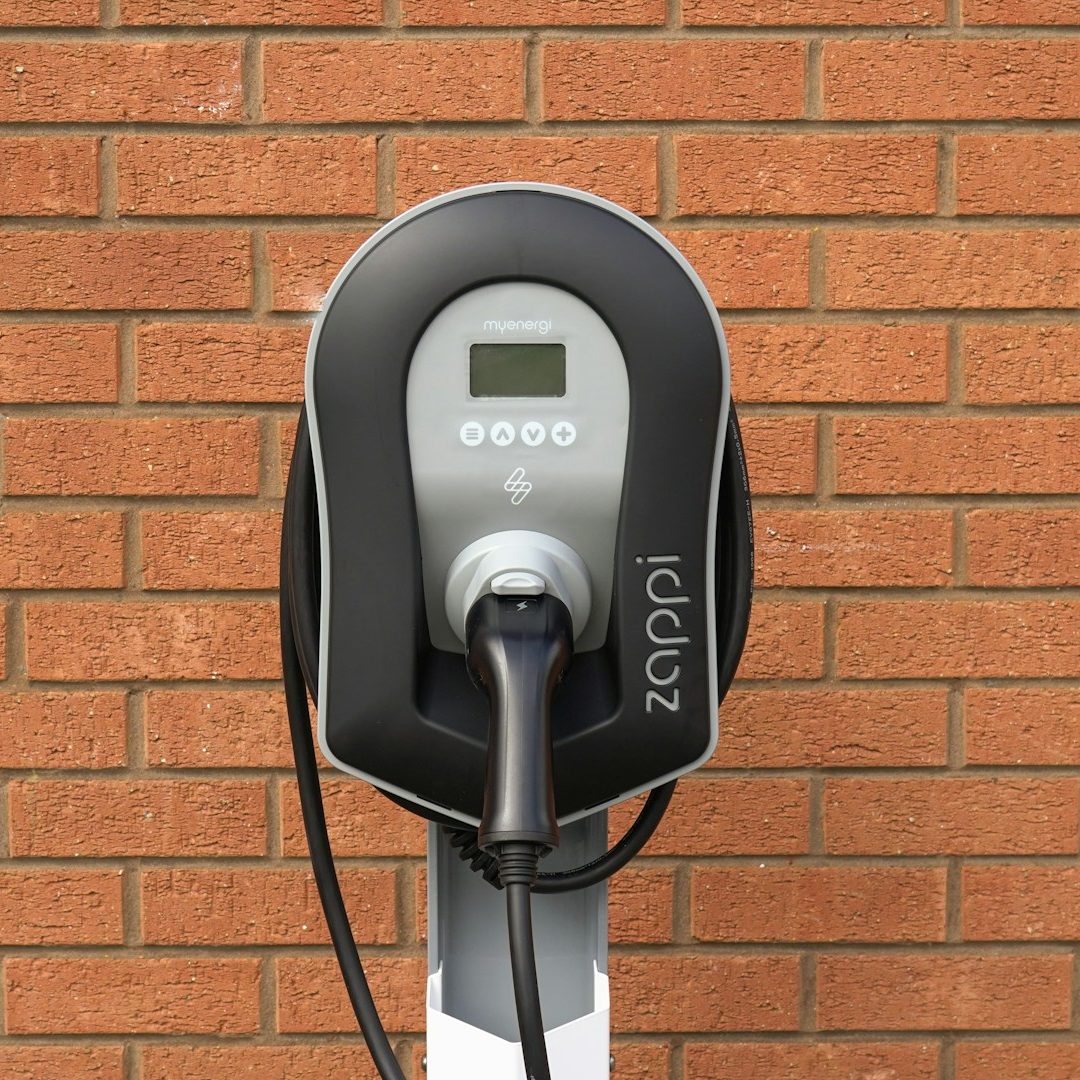
Look at what our customers say
How to use an EV Charger
Using an electric vehicle charger at home is typically a simple process. Here’s a step-by-step guide on how to use an at-home EV charger:
Plug-In: Locate the charging port on your electric vehicle. Depending on the model of your EV and charger, you may need to unlock or open the charging port cover. Then, plug the charging connector into the vehicle’s charging port until it clicks into place securely.
Power On: If your home EV charger has an on/off switch or a power button, ensure that it’s turned on. Some chargers may activate automatically once plugged in.
Charging Settings: You may have different charging settings or options, such as charging speed or scheduling. Set any desired preferences before you start charging.
Start Charging: Once the charging connector is securely plugged in and any necessary settings have been configured, the charging process should start automatically. Some chargers may have indicators or lights to confirm that charging has begun.
End Charging: When you’re ready to stop charging, simply unplug the charging connector from your electric vehicle’s charging port.
Secure Equipment: After unplugging, securely store the charging connector and ensure that any cables are put away to avoid hazards.
Can I get a grant for an EV Charger?
The UK government offers grants for landlords, flat owners, or renters.
Visit the Government Website to find out more and submit an application:
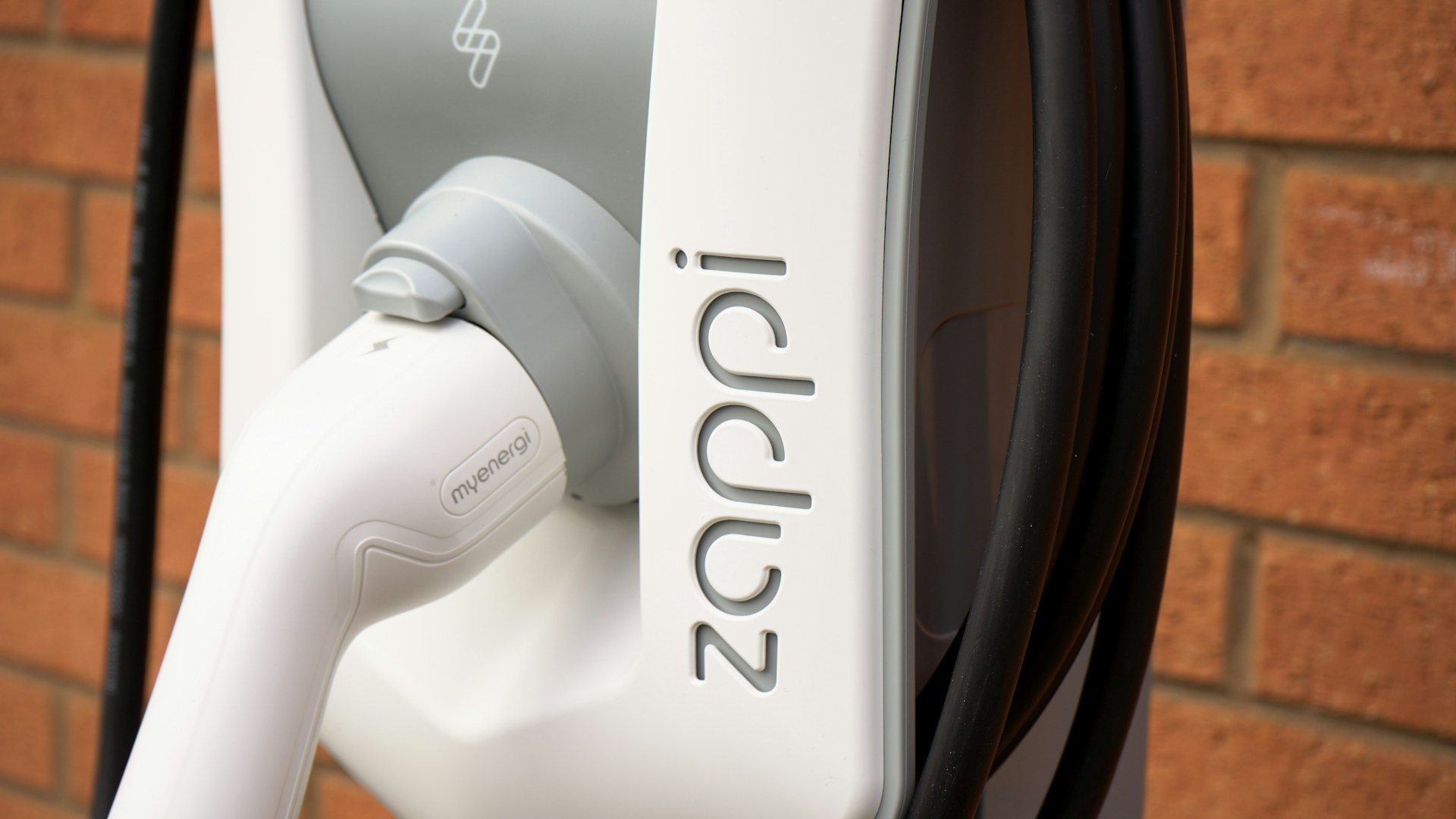
EV Charger Installation in Nottingham
At CM Ward Ltd, we take pride in providing the installation of EV Chargers for customers in Nottingham, Derby, Leicester, and the surrounding areas. With a team rich in knowledge and expertise, you can be confident that you’ve chosen a reliable partner for electric vehicle charger installation.

Get in Touch!
If you would like further information about our EV Charger installation in Derby, Nottingham, Leicester and a variety of other locations across the UK, get in touch with a member of our highly-experienced, knowledgeable team of electricians today – we’re always pleased to hear from you.
Which Manufacturers do you use?
- Rolec
- Wallbox
- Podpoint
- Tesla
- Project EV
- HIVE EV Charger
- Myenergi Zappi
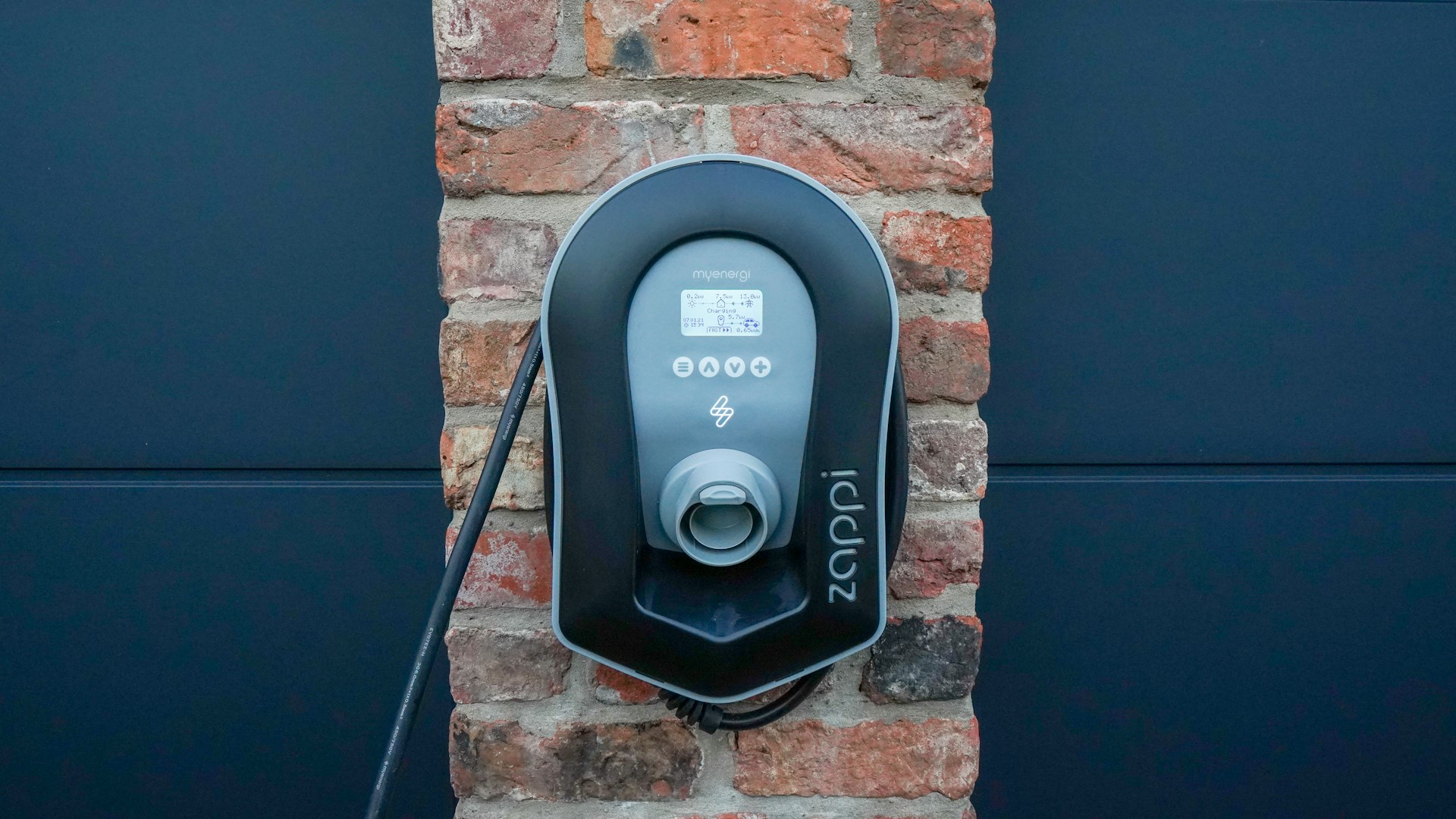
Our Accreditations
Our many Health & Safety accreditations show the importance in keeping our contractors and others on site safe, while carrying out our contracting works.








